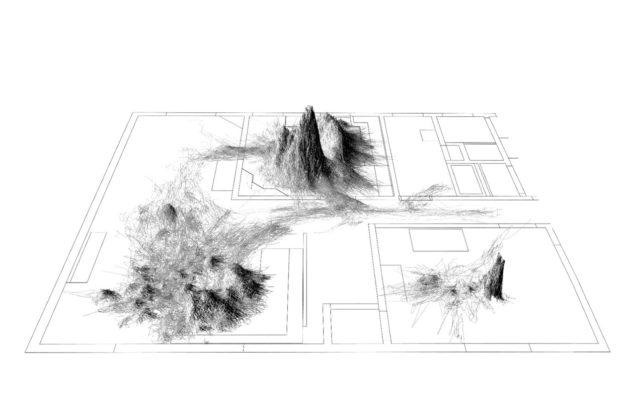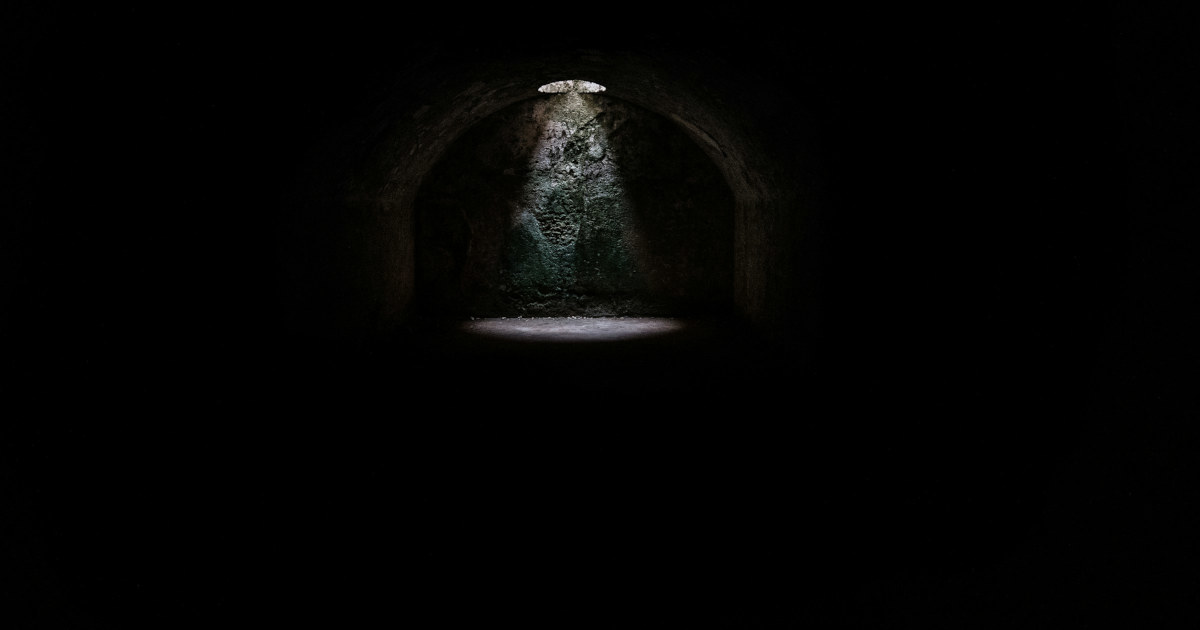One more time. In 1987, Barry Cohen and I wrote the book Ethical Leadership. We published the first version of the book when greed was still in its relative infancy and millionaires (much less billionaires) were still relatively rare. It thus preceded the economic boom of the 1990s, a decade in which market values escalated to what was then outrageous levels. In finance, Black Monday refers to Monday, October 19, 1987, when stock markets around the world crashed, shedding a huge value in a very short time. The Dow Jones Industrial Average dropped by 508 points to 1738. During the decade of the 90s, however, millionaires multiplied by the thousands, and accounting irregularities were fairly rare or largely ignored.
Remember, these were the beginning days of Microsoft. We hadn’t even begun to envision a Google or Facebook, and Apple was just rolling out is first Mac products. Recruiting top talent and fighting off venture capitalists seemed the biggest problems that corporate executives faced. After surviving the Y2K software scare and stumbling through a brief recession, we were rocked by September 11. The world changed. The principles espoused in our 1987 edition, however, didn’t change—they became even more valid.

After a 15-year time span, in which we continued to explore the principles of ethical leadership and observe the practices of corporate leaders, I decided to write a second edition. So, in 2003, I revised the 1987 version not only with new insights based upon intimate involvement with hundreds of organizations, but also with concrete examples of the kind of corporate disasters that we predicted in 1987. Yes, we started the first few years of the new century with disgusting reports of corporate malfeasance by executives at Enron, Tyco, and Andersen consulting. And they only represented the tip of the iceberg. As it turned out, the first decade of the new millennium would usher in a financial crisis that nearly crippled the world economy and exposed the leaders of many of our banking and health care icons as fraudulent predators.
So, here we are, almost 30 years after the first edition. Corporate profits have never been higher. Income and opportunity inequality have never been greater. The Dow Jones has ridden the bull to over 17,000. And this lonely voice, and a growing body of other voices in the wilderness, is making still one more plea to corporate leaders: Change your culture, elevate your consciousness—this is not sustainable!!
There are still two outstanding problems with the world economy: too much terror and too little trust. We can’t do much about the first (including bombing ISIS and others to oblivion), but we can do a lot about the second. These two problems have made investments a treacherous proposition and management a perilous journey. Never before has it been so necessary for ethical leaders to navigate the economic sea and rebuild trust. We described the conditions in 1987 that were cause for concern and predicted the inevitable outcome of those conditions. In 2003, I described what happened with several corporations that engaged in unethical and fraudulent practices and predicted that worse would come if we didn’t change. Since I am now turning 70, and I don’t want to write another plea when I’m 85, I will revisit the core principles of ethical leadership one last time with the hope that someone will hear the bell.
Its time to wake up and end the nightmares—to realize that ethical leadership is an essential part of the cure. We may need some legislative changes (e.g. carbon tax, higher mileage standards, less fracking that is more regulated, etc.), but what we really need are dramatic changes in our culture and our consciousness that ethical leaders need to drive.
The purpose of this post is not to provide information to keep unethical executives out of jail, but to inspire leaders to elevate the level of their relationships with stakeholders and to think interdependently. Relationships are critical to the success of any organization. Those relationships include employees, shareholders, customers, and the communities in which they operate. For example, think manufacturing facilities in Sri Lanka and Bangaladesh.
Based on an extensive review of the literature on culture (see Creating Organizational Soul), consciousness (see The Consciousness Solution), it appears that the required practices for ethical leadership and sustainable development are:
- Challenge processes
- Encourage the heart
- Strive for congruence
- Think long-term
- Look at the whole
- Tap employees’ commitment, capability to learn, and desire to be helpful
- Share power
- Ensure diversity of voices
- Create a humane and nurturing work environment
- Build interdependent relationships
- Foster community
- Accept ownership and accountability
- Resist policies of self-interest (e.g. executive compensation)
- Put people and creativity at the center
- Be authentic
- Engage in constructive collaboration
- Develop stories of integrity
- Create a culture of trust
Why are these practices so difficult to institutionalize? The simple answer is that we are fighting history and habits. We live in a competitive culture that values independence and supports an economic system built on greed and self-interest. The best practices listed above require interdependent thinking and a focus on community. Leaders need to be more conscious about culture and more intentional about elevating consciousness. Unfortunately, leaders are still being rewarded for their behaviors. In the last several decades, the top 3% claimed all of the gains in wealth accumulation. The next 7% held even, and the lower 90% lost ground. Yes, the Dow Jones has gone from 1,700 to 17,000 since 1987. Corporate leaders managed to claim an inordinate amount of that 10x surge. The reward system is clearly reinforcing bad habits. Here are some key highs and lows of the Dow Jones over the past 30 years:
1982: 777
2,000: 11,700
2002: 7,200
2007: 14,000
2009: 6,500
2014: 17,000
It would be interesting to know who got hurt most by the lows and who benefited the most from the highs. My bet is that the top 3% came out just fine and the lower 90% probably took the biggest hit. My prediction is that this bubble, like all others, will end. Irrational exuberance will quickly burst. The only way to avoid a long crash is to start thinking in terms of sustainable development, building ethical cultures and elevating consciousness.
Interdependence, culture, and consciousness bring us once again to the vital importance of relationships. Indeed, building interdependent relationships forms the core of ethical leadership.
In 1987, when we first published this book, essayist Myron Magnet observed that “as if trapped by a thermal inversion, the ethical atmosphere of business is growing acrid and the inhalation of those pernicious vapors could only lead to ever worse behaviors.” While that observation was once a compelling metaphor, it is quickly becoming a terrifying reality. On September 21, 2014, I marched with 350,000 people who were trying to ring an alarm on Climate Change. Indeed, pernicious vapors are increasingly polluting our environment, threatening our water and food supply, melting our glaciers, killing species, and raising sea levels. While several corporations are finally stepping up and taking a leadership role, it still remains to be seen if leaders can make the large changes required in the small time frame available.
If you would like to inquire more deeply about the substance of Ethical Leadership complete with rating scales, assessment tools, and literary references, you can order my book at HRD Press or on Amazon. The book provides detailed prescriptions for elevating relationships with employees, customers, and the community. Short of that, I would love to hear your thoughts.
Also published on Medium.




[…] relationship-building, ego-management, and dependability (CRED). Credibility is all about words. Individuals with high credibility are known for doing rigorous research, having deep expertise and b…. Highly credible people are authentic—they talk straight. Relationships are built through […]
[…] this post may not help me get another gig helping organizations align their culture behind their vision, values, and strategy. Hopefully, however, my coaching may impact a few executives to strive for clarity and congruence. […]
[…] as well. I have found that high-fear, low-freedom organizations are far less innovative than organizations that free exemplars and commit to creating low fear cultures. Fear imprisons people. Freedom empowers people to perform at their highest level in pursuit of […]